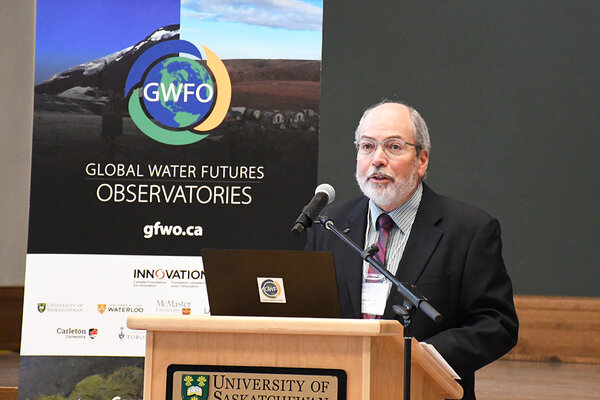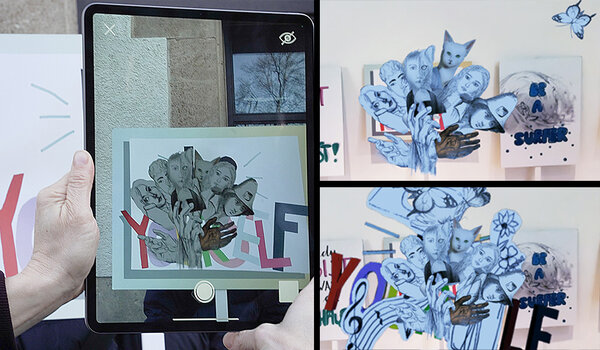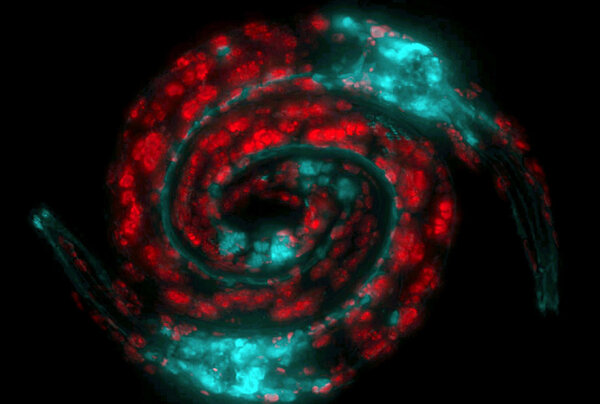
Research sealed with a kiss
College of Arts & Science researchers discover that the direction you turn when you kiss depends on who you're kissing
Love might be blind, but it has a good sense of direction.
Just in time for Valentine’s Day, psychology researchers in the University of Saskatchewan’s (U of S) College of Arts & Science have discovered that the direction people turn when they kiss depends on who they are kissing.
Previous research had shown that romantic couples favour turning right when embracing their partner. The U of S researchers—graduate student Jennifer Sedgewick and psychology professor Lorin Elias—wondered if this bias would carry over to parents kissing their children.
The researchers collected 529 online images of parent-child kisses, along with 161 photos of romantic parent-parent kisses and analyzed the direction of each kiss. Parents kissing one another showed the expected rightward bias, but the other result was surprising.
“We found that parents and their children were significantly more likely to turn to the left when kissing,” said Elias.
The researchers speculated about why leftward kisses might feel more natural between parents and children.
“We know that parents usually cradle infants using their left arm, which would encourage them to turn their face to that side when kissing their child,” said Sedgewick. “We think this might become a habit that persists past the cradling stage.”
As for why romantic couples tend to kiss to the right, the researchers think previous research into brain function might hold the answer. Couples entering into new romantic relationships show heightened activity on the left side of their brains, which might guide them to make more rightward kisses.
The study is published in the latest issue of the journal Laterality, available online.


